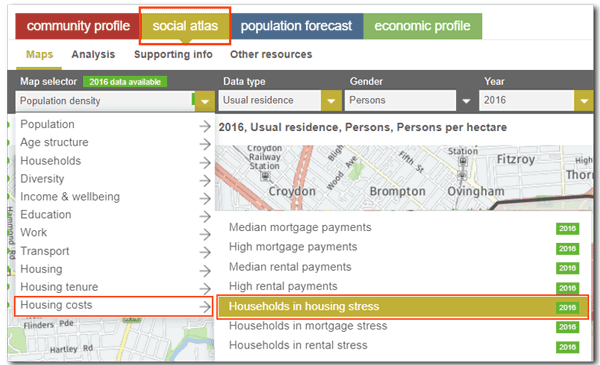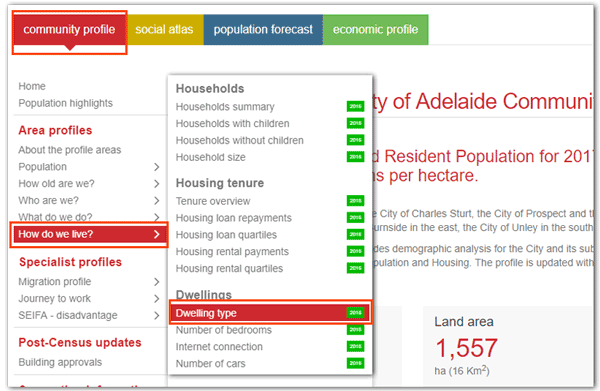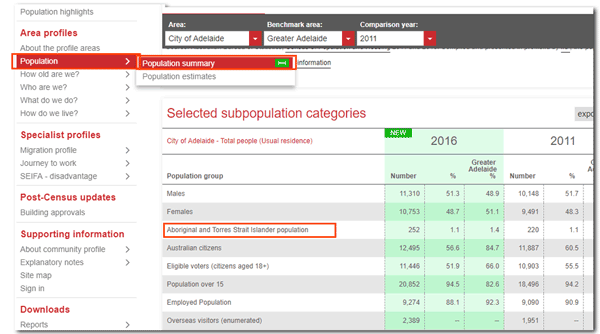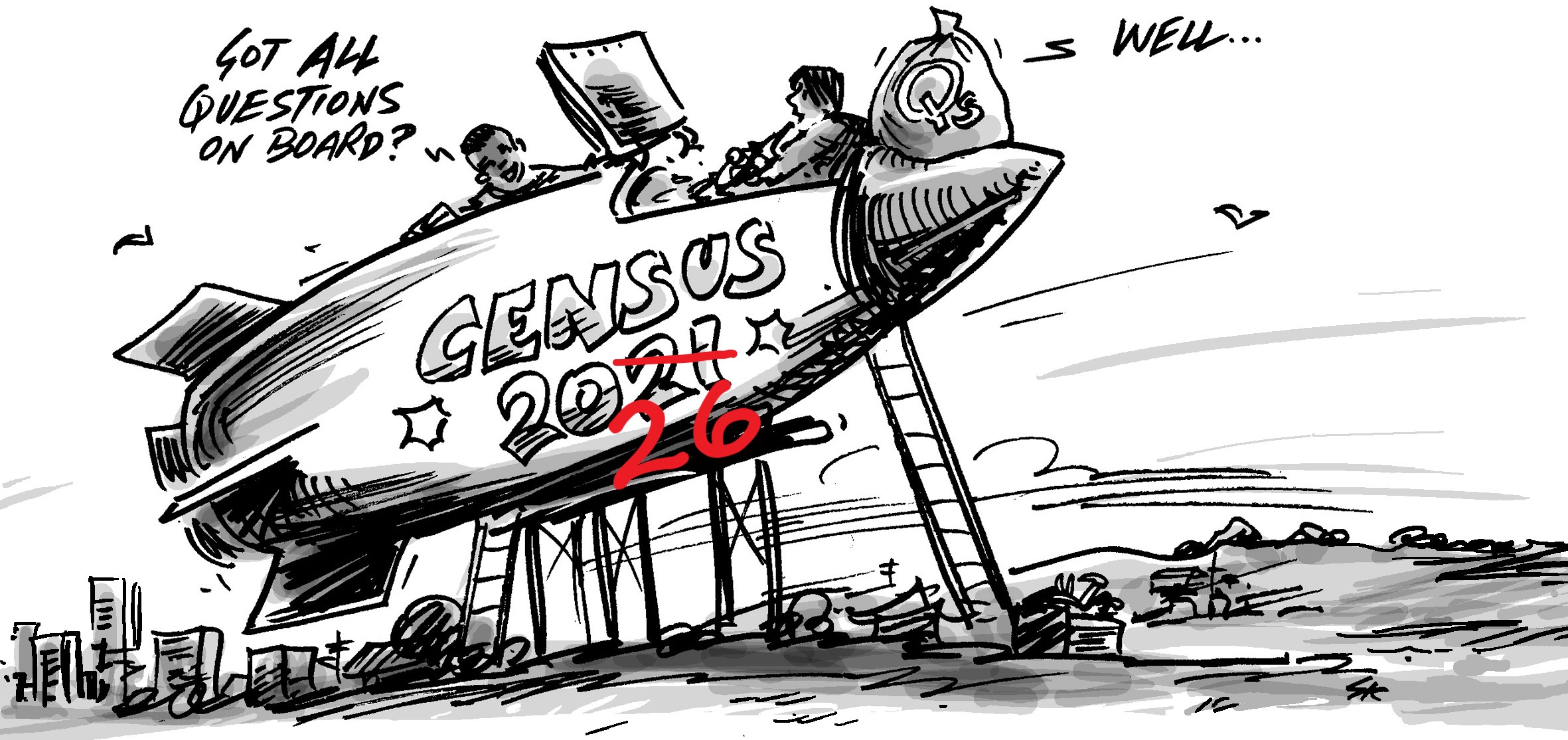Do you use data on disability, volunteering, travel-to-work/education, long-term health conditions, domestic work or car ownership?
You might be interested in this wrap-up of the submissions we’ve sent to the ABS, after we asked you what should (or shouldn’t) be captured in the next Australian Census in 2021.
As card-carrying members of the Census fan club, when the ABS put out a call for consultation on the next (2021) Census recently, we were keen to get involved.
Through our extensive and regular contact with local governments across Australia, as well as our hands-on experience building Census data into our online tools for local governments and the community, we felt we were in a great position to make some useful suggestions.
We also asked you, the community who follow and regularly contribute to this blog and our newsletter, what you would like included on the next Census. We received many thorough and thoughtful responses – thanks to those of you who took the time to send us those! It goes to show how widely Census data is used, and the variety of ways people would like to use this vital primary research about our communities.
Our summary of your suggestions
A mix of requests to keep topics and suggestions for new ones, I distilled all the suggestions we received into 7 topic submissions for the ABS website, which they will publish, but are not available publicly yet.
Our submissions were on the following topics:
1. Retention of the Number of Motor Vehicles topic
To help with local transport and parking planning. We had several requests for this – it’s vitally important for local government, particularly in negotiations with developers.
2. More detailed data on disability by type and severity of disability
There is a general view (which I share) that the current question on disability doesn’t really provide much useful information. If there is any way of asking more detailed questions on disability which could feed into the NDIS model, this would be extremely useful. But it’s a difficult one to collect on a self-responded form, and the submission addressed these issues.
3. Volunteering
More detailed information about the type of organisation volunteered for and the frequency of volunteering. Again, the broad nature of the current question limits its usefulness. Local Government often have primary responsibility for coordinating volunteers in many areas.
4. Journey to Education
Where people attend education and how they get there. This would be similar to the method of travel and work destination questions currently on the Census, and provide an insight into journey patterns for the second-largest trip generator in Australia, after work.
5. Long-term health conditions
Proposal to collect Census data on the number of people with a specific subset of common long-term conditions such as obesity, diabetes, asthma etc. Health data is often requested by our clients – most health data are too complex to collect on the Census, but the submission looks at the possibility of including a check-list of a few key conditions to examine the prevalence of these at the local area level.
6. Method of travel to work
Include a category for “Ride Sharing Service”, and a new question about usual travel time to work. This was based on a specific suggestion from the City of Manningham.
7. Domestic Work
A proposal to remove this topic from the Census to make way for more useful topics. To include additional datasets, often other questions have to go. This is the least used of the 38 Census datasets in our community profiles, and while it makes for good headlines in the days following the Census release, it seems to have very little practical application.
Other comments and feedback
We also got quite a few general comments about the Census, and a few people suggested topics which are already part of the Census, some of which are included in the tools that are freely available via our Demographic Resource Centre.
Some examples include;
What percentage of household income is spent on rent or mortgage?
If our social atlas tool is available if your area, you can already find this data under the Housing costs menu:

How many dwellings were vacant on Census day?
Unoccupied dwellings are an important indicator for many areas and are already included in the Dwelling type page on the community profile for your area.

Population ancestry data – reporting of the Indigenous population
This data is already included in community profiles under Ancestry, but, as noted on that page, is generally an undercount compared to the “Aboriginal or Torres Strait Islander Origin” question, which is included in the Population Summary Page.

That information is also in the special indigenous profile (which is available in certain areas only, as it’s an optional module that only some areas subscribe to). As this topic is already covered by the existing question which seems to work well, we didn’t do a specific submission on Indigenous status.
Distance travelled to work and commuting time
Distance travelled is a new dataset that has been made available for the first time in 2016. We are looking at how we can use this, probably in our economic profiles. Commuting time is a little more difficult, but forms part of one of the submissions on method of travel to work.
Can’t find information for your area?
The tools referenced above are made freely available to the public thanks to subscriptions from your local or regional councils and other networks. Learn more here, including tips on how you can find a tool for your local area, and what you can do about it if a resource is not available in your area.
Thanks again to all our clients and users for input into this process. We will keep you updated when the ABS publishes the submissions, and also the results and their conclusions – hopefully there will be some useful new topics made available in the 2021 Census!












